Water Valve repair installation leak plumbing repair gas valve faucet repair installation pipe repair. Fixing Leaky Faucets and Water Valves: Our Project in Action
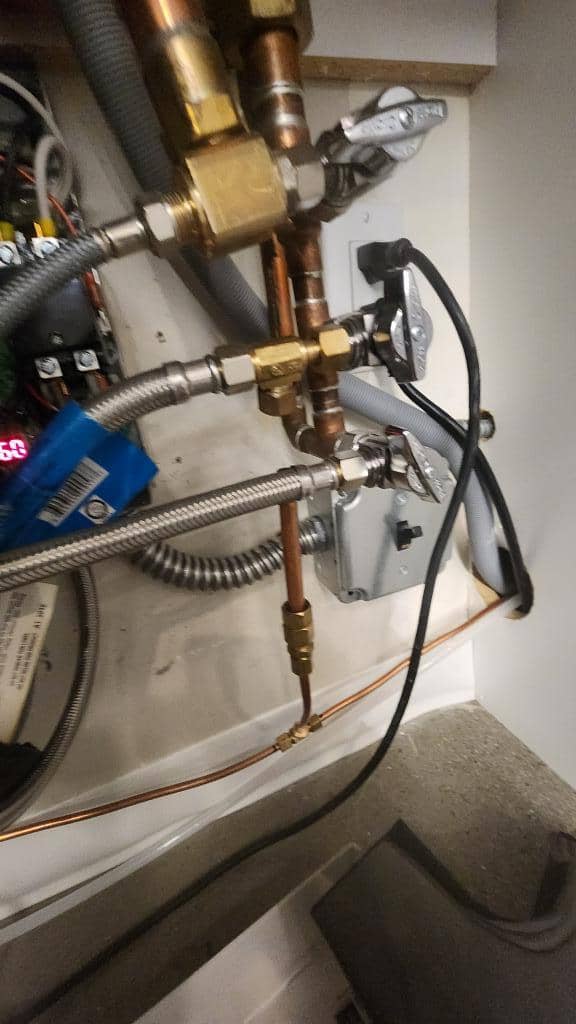
Introduction from MDTECH SERVICES
Water Valve repair installation leak plumbing repair gas valve faucet repair installation pipe repair.
Maintaining the functionality of water valves and faucets is crucial for ensuring a steady and reliable water supply in our homes and buildings. However, over time, these fixtures can experience common issues that require repair and installation. In this article, we will discuss the steps and tools needed for water valves Repair, faucets, gas valves, and pipes, highlighting the importance of regular maintenance and prompt repairs.
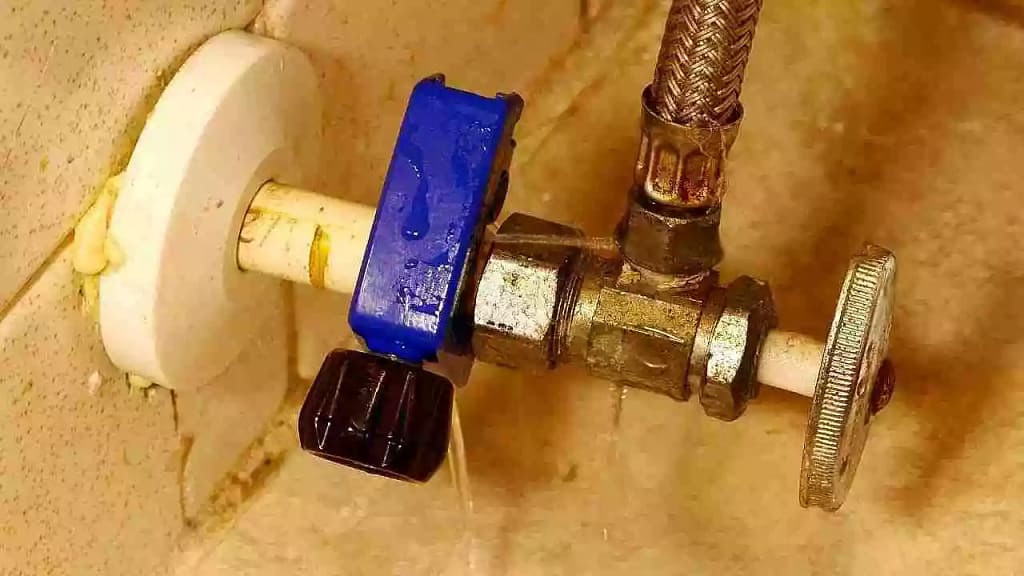
A. Causes of water valve malfunction
Water valves can malfunction due to various reasons, including:
1. Wear and tear over time: Continuous usage can cause valves to wear out, resulting in leaks or difficulty in turning them on or off.
2. Corrosion: When valves are exposed to water or moisture for extended periods, they can corrode, affecting their functionality.
3. Improper installation: Inadequate installation can lead to loose connections, leaks, or restricted water flow.
B. Tools and materials needed for water valve repair
For water valve repair, you will need the following tools and materials:
- Adjustable wrench
- Screwdriver
- Pipe sealant or tape
- Replacement valve
C. Steps to water valve Repair
To repair a water valve, follow these steps:
1. Shut off the water supply: Locate the main shut-off valve and turn it off to prevent water flow.
2. Remove the old valve: Use an adjustable wrench to loosen and remove the old valve from the pipe or plumbing fixture.
3. Clean and prepare the area: Clean the pipe threads and ensure there are no debris or old sealant on the surface.
4. Install the new valve: Apply pipe sealant or wrap pipe tape around the threads of the new valve and securely attach it to the pipe.
5. Test for leaks: Turn on the water supply and check for any leaks around the valve. Make sure the valve operates smoothly.
A. Types of faucet issues
Faucets can experience several common issues, including:
1. Dripping faucets: This is a common issue caused by worn-out washers or other faulty parts.
2. Low water pressure: Mineral build-up or clogged aerators can lead to reduced water pressure.
3. Leaking handles: Loose or damaged handles can result in water leakage.
B. Tools and materials needed for faucet repair
For faucet repair, gather the following tools and materials:
- Adjustable wrench
- Screwdriver
- Replacement parts (washers, O-rings, etc.)
- Plumber's tape
C. Steps to repair or install a faucet
To repair or install a faucet, follow these steps:
1. Turn off the water supply: Similar to water valve repair, locate the shut-off valve and turn it off.
2. Disassemble the faucet: Remove the handle and other parts carefully, keeping track of their order.
3. Inspect and replace damaged parts: Check for worn-out washers, O-rings, or any other damaged components, and replace them as necessary.
4. Reassemble the faucet: Put the faucet back together in the reverse order of disassembly. Apply plumber's tape to threaded connections for a secure fit.
5. Test for leaks: Turn on the water supply and check for any leakage. Ensure the faucet operates smoothly and has adequate water pressure.
Gas Valve Repair
A. Importance of proper gas valve maintenance
Proper maintenance of gas valves ensures the safe and efficient functioning of gas-powered appliances and heating systems.
B. Signs of gas valve issues
Signs of gas valve issues include:
1. Gas leaks: The smell of gas or hissing sounds near the valve indicate a gas leak, which requires immediate attention.
2. Difficulty in turning the valve: If you experience difficulty in turning the valve, it may indicate a faulty or worn-out valve that needs repair.
C. Tools and materials needed for gas valve repair
For gas valve repair, gather the following tools and materials:
- Adjustable wrench
- Thread sealant
- Replacement valve (if necessary)
D. Steps to repair a gas valve
To repair a gas valve, follow these steps:
1. Shut off the gas supply: Locate the main gas shut-off valve and turn it off.
2. Assess the valve for damage: Check for signs of damage, corrosion, or leaks on the gas valve.
3. Replace or repair the valve: If the valve is severely damaged or leaking, it needs replacement. If it can be repaired, follow the manufacturer's instructions or consult a professional.
4. Test for gas leaks: After repairing or replacing the valve, use a gas leak detector or soapy water solution to check for any remaining gas leaks.
A. Common pipe issues
Common pipe issues include:
1. Leaks: Leaking pipes can waste water, cause water damage, and increase water bills.
2. Burst pipes: Cold weather or excessive pressure can cause pipes to burst, leading to flooding and water damage.
3. Clogs: Accumulated debris or mineral build-up can cause clogs, resulting in restricted water flow.
B. Tools and materials needed for pipe repair
For pipe repair, gather the following tools and materials:
- Pipe wrench
- Pipe cutter or hacksaw
- Pipe sealant or tape
- Replacement pipe sections or fittings
C. Steps to repair a pipe
To repair a pipe, follow these steps:
1. Shut off the water supply: Locate the shut-off valve and turn it off to prevent water flow.
2. Assess the pipe damage: Identify the location and extent of the pipe damage, such as leaks or bursts.
3. Fix minor leaks with pipe sealants or tapes: Apply pipe sealant or wrap pipe tape around minor leaks to temporarily stop the water flow.
4. Repair or replace damaged sections of the pipe: Cut out the damaged section using a pipe cutter or hacksaw. Install replacement sections or fittings securely.
5. Test for leaks: Turn on the water supply and check for any leaks around the repaired or replaced sections. Tighten any connections if needed.
Conclusion
Regular maintenance and prompt repairs are crucial for maintaining the functionality of water valves, faucets, gas valves, and pipes. By following the outlined steps and utilizing the required tools and materials, you can tackle common issues efficiently. However, it is important to know your limits and seek professional help when the repairs seem beyond your expertise. Remember, timely repairs and maintenance ensure a reliable and safe water supply in our homes and buildings.


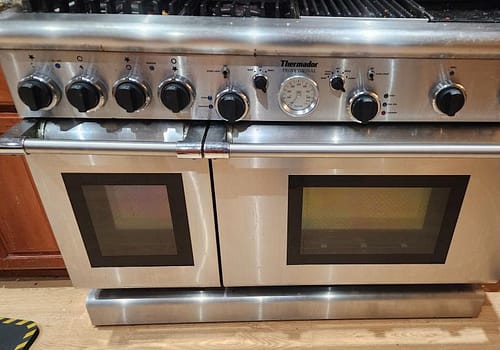
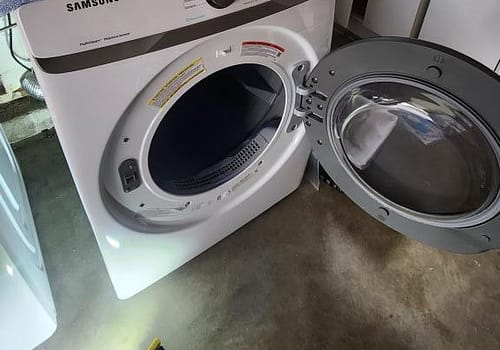
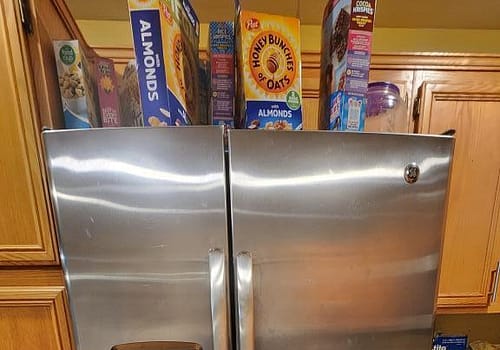
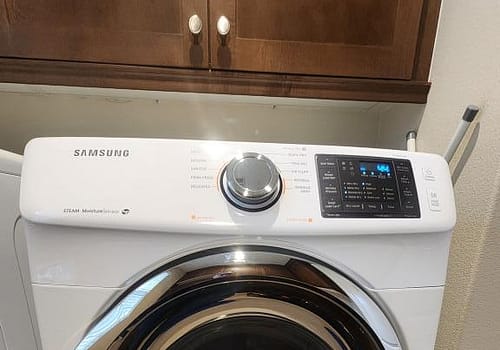
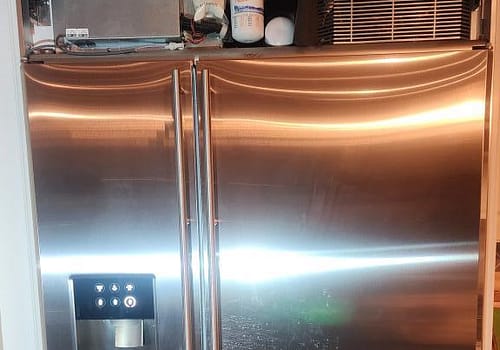
Comments: